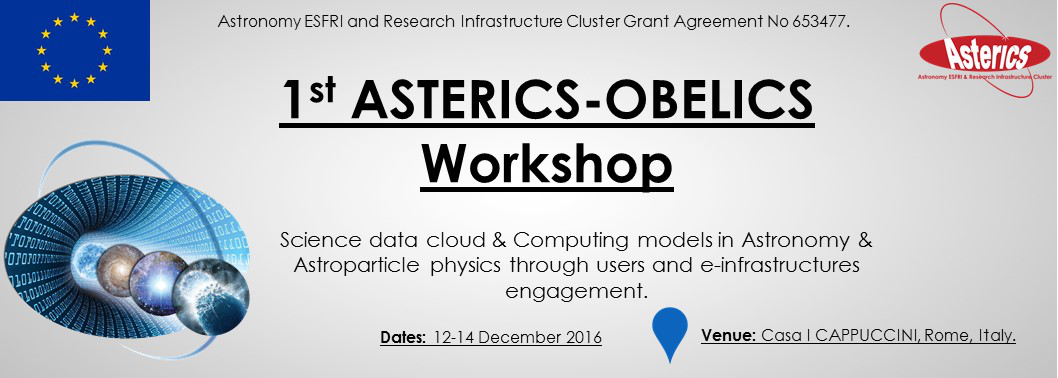Speaker
Fabrice Jammes
(LPC-IN2P3, Clermont-Ferrand)
Description
The Large Synoptic Survey Telescope (LSST) will revolutionize astronomy. Equipped with the largest camera sensor ever designed for astronomy, the telescope will allow detailed observation of the universe on a greater scale than to date. The instrument will conduct research from asteroid identification to the understanding of the nature of matter and dark energy. Operating from 2022 onwards, the processing of data produced by LSST requires computational power of tens of thousands of processors and several petabytes of data storage capacity per year. The program will run for at least a decade. Celestial objects and their physical properties are identified and cataloged in a database which will eventually include trillions of entries. With a volume in the order of several tens of petabytes, this catalog will play a major role in the scientific exploitation of data produced by the telescope. To meet these needs, a specific software called Qserv, is being developed by a team of engineers, the majority based at the American university of Stanford. This paper presents the Qserv architecture, the challenges it must meet up to, its progress and the results of tests carried out several recent yearly campaigns. The authors of this paper are part of the Qserv development team operating the testbed infrastructure that currently consists of 400 processors and 500 terabytes of storage. It is located at the computing center of IN2P3 / CNRS.

